Choosing The Boat That's Right For You, Part 2 - The Interior
In part one we discussed the different types of narrowboat exteriors. In this blog we are going to look at some of the basics about the interior, and what is on offer. Hopefully this will help to guide your purchase, based on the things that are most important to you, personally.
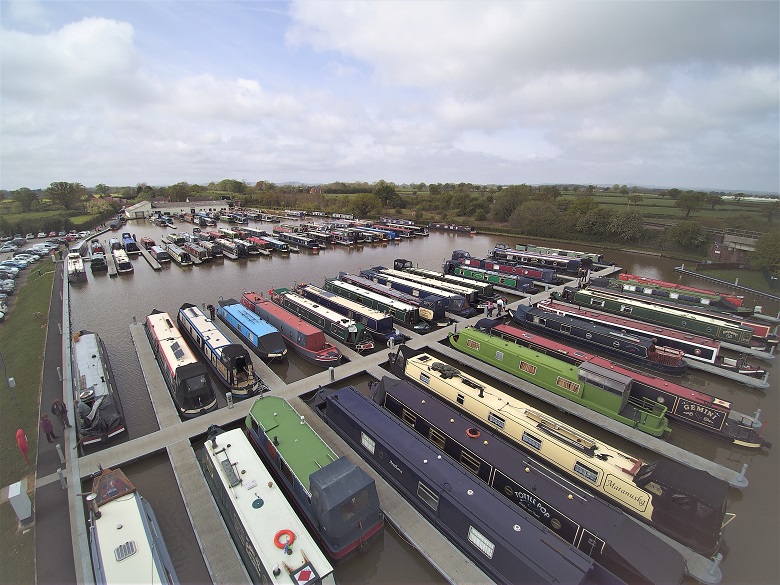
First lets look at insulation. There are 3 main types of insulation you find on a narrowboat, polystyrene, rockwool and spray foam.
Polystyrene- More common in older boats, this was the most frequently used insulation on boats built 30-40 years ago. This does offer good insulation, but if it gets wet it can be hard to dry, and there are now better insulation on the market.
Rockwool- This is a popular insulation and can be seen in boats from the 80's and is still commonly used today. It does take up more room then using polystyrene and spray foam, but does offer good insulation.
Spray Foam- Spray foam offers maximum insulation and does not take up as much space as rockwool. This is the preferred insulation currently used by boat builders.
Next is electricity. Almost All boats rely on 12-volt supply (some boats may have 24v supply) from two battery banks. One bank starts the engine (like a car battery); the other powers domestic items such as TV, lighting, fridge and water pumps.
For 240-volt items, you need to connect from shore or land line, plugging into an electricity supply where available. Alternatively you can use an inverter, which converts battery power to 240v. A diesel or petrol generator is also an option.
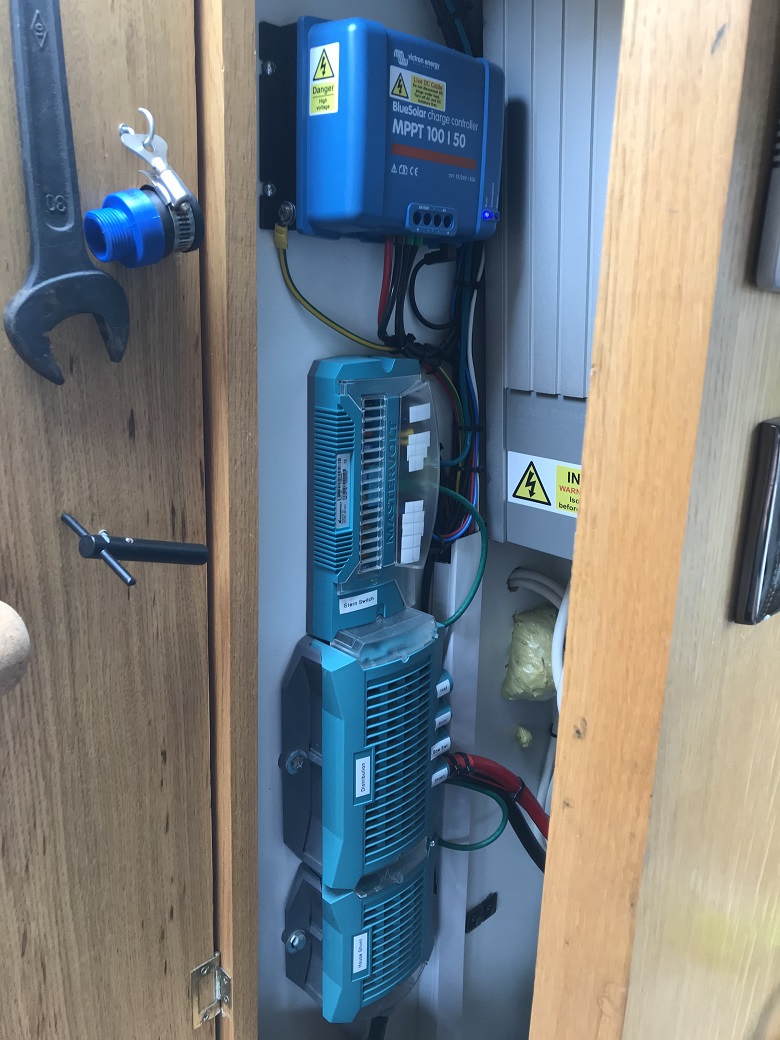
The alternative is to buy 12-volt compatible appliances, this will mean there is no requirement for 240v. This option is very efficient for boats and a good choice if you are a continuous cruiser. Solar panels are also widely available to assist in the charging of batteries.
The next thing to consider is hot water. You can heat domestic water by an instant gas water heater (such as a Paloma or Morco).
Or you can use a calorifier. This uses excess heat from the engine cooling system to heat the calorifier. You can also have an immersion element on calorifier's which will also provide heated water when you are plugged into a shoreline.
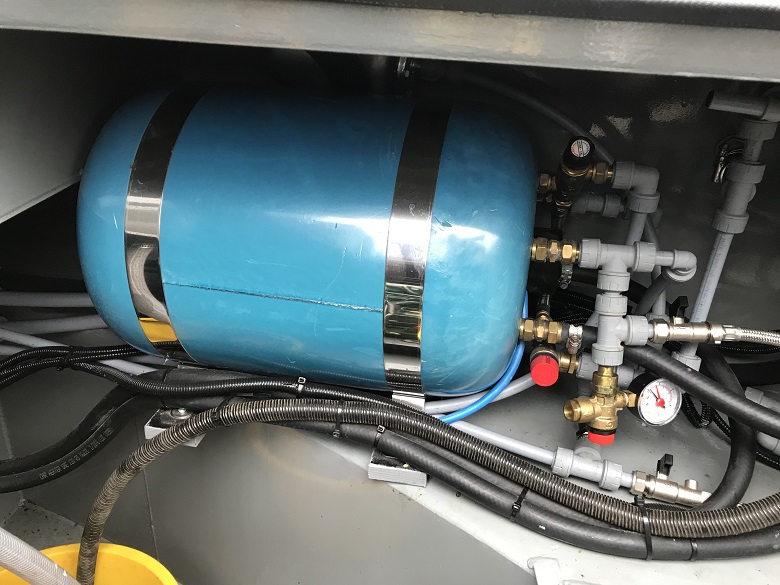
Next item to consider is the toilet. There are two main types of toilets, pump out or cassette.
Pump out - These toilets look just like you toilet at home. All the waste goes into a big tank, which will need emptying every couple of weeks depending on use. This is done by visiting a chandlery or boat yard with a pump out facility, who will empty it for you, for a fee.
Cassette - These toilets are the same as what you often find in caravans/motorhomes. The waste goes into small cassettes that will need emptying every couple of days, depending on use. These toilets can be emptied at elsan points, which are normally located at any good marina. Canal and River Trust also have many of their own elsan points, at various locations on the network.
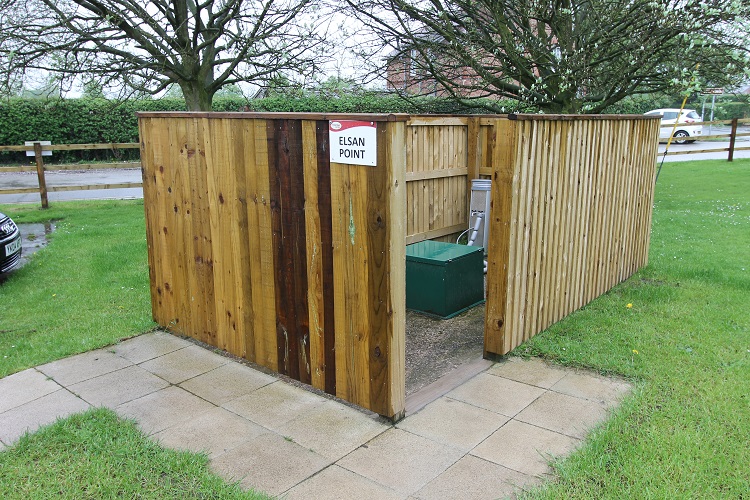
Finally heating. There are three main types of heating, Solid fuel heating, gas central heating and diesel fired heating.
Solid fuel stoves - These arefairly commonplace on boats, and use coal and logs as the main source of fuel. You can have back boilers attached, which would allow radiators further down the boat to be heated from this source.
.JPG)
Gas central heating - The most common system is an Alde. These use the boats gas supply to heat radiators on the boat, and can also heat the water if there is a twin coil calorifier onboard. The amount of gas that is used can also be controlled, but the lower the setting the longer it takes for the boat to get warm.
Diesel fired heating - The two most common diesel heaters are Webasto and Eberspacher. These heaters draw there fuel either from the main diesel tank, or from separate tank at the front of the boat. These heaters can heat radiators and water, providing you have a twin coil calorifier. These systems can be operated both by timer, and thermostat.
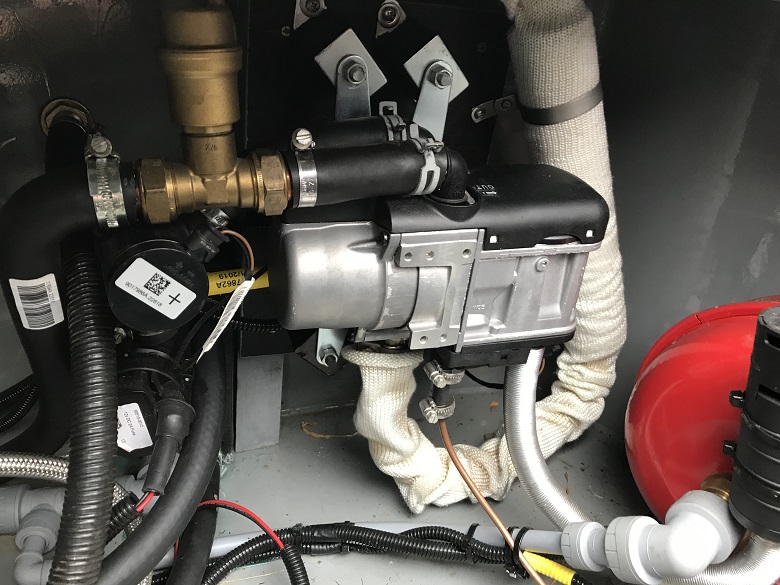
It is also possible to find boats with diesel stoves, in place of the solid fuel stove. The most common you will find on narrowboats are the bubble stoves, which can also be fed from the main diesel tank or, a separate tank.
There are so many boats out there, all different and unique. We at Venetian Marina advise getting onboard as many as you can, to get a better idea of what kind of boat you want.
For more information on what we have talked about, or to see if we have the perfect boat for you, visit our website or call us on 01270 528251.